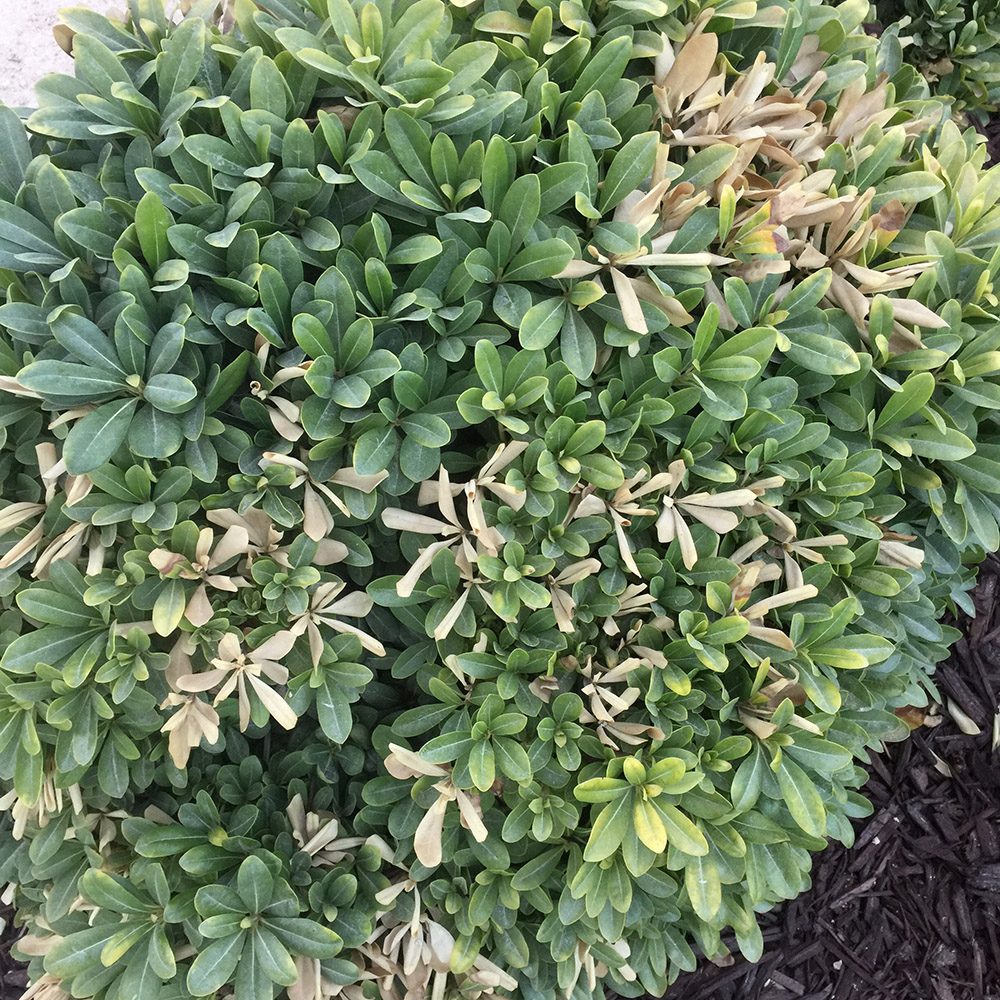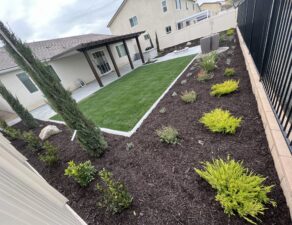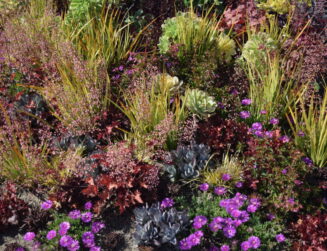
We hope you’re enjoying summer and a terrific growing season. Of course, each summer as the temperature peaks, some plants do experience heat stress. As with most things in life, prevention is the best “medicine” … But since high temps can sneak up and stress plants before you realize what’s happening, be on the lookout for these signs of stress in your plants. Then take the following measures to repair the damage.
Wilting leaves. While succulent plants can deal with high temperatures by storing water in their thick leaves, most plants do not have this advantage. The first sign of heat stress is often limp, wilting leaves.
Color changes. If you don’t notice your plant’s leaves wilting, they might soon begin to turn yellow. Others will turn brown and dry up completely, if heat stress is not quickly addressed and remedied.
Leaf drop. Some plants, such as trees in particular, will “tell” you they’re under stress by dropping leaves. If you notice more leaf drop than usual, you should suspect heat stress.
Difficulty producing. Many vegetable crops will experience difficulty producing in extremely hot weather.
Blossom drop or rot. Many vegetable plants will drop their blossoms when stressed by heat, while some others (such as tomatoes, peppers, and squash) will experience blossom end rot.
Bolting. Plants won’t actually “bolt” in the sense of running away from your garden! But they do “bolt” in the sense that their growth changes dramatically, from leaf growth to an abundance of blossom and seed growth, when they are stressed by heat. Broccoli and many herbs are known to bolt in overly hot weather. This will make the vegetables very bitter (and sometimes inedible) so pay particular attention to this sign.
If you notice the above signs of heat stress in your plants, take action immediately to save them. The most obvious solution is to increase watering, since the heat has basically “dehydrated” your plants. Water deeply twice per day. Additional watering is even more imperative for young or potted plants.
Adding mulch is also important, because it will help stop evaporation of water from the soil. Some vegetable gardeners use shade covers during the hottest part of the day, to protect sensitive plants and encourage them to produce. If your plants are potted, you can simply move them to a shadier location on extra-hot afternoons.
It is important to note that after very hot days (usually over 100 degrees for a sustained period of time) the damage can appear up to a week later. Just like with frost, heat damage is not always readily apparent so keep an eye out for several days after heat waves.
The above steps are, of course, most effective when they are used as prevention for heat stress rather than “cures.”. However, it is possible to save a plant that has just begun to show signs of heat stress. If your situations seems more severe, give us a call, and we will give you expert advice.









Write a comment: